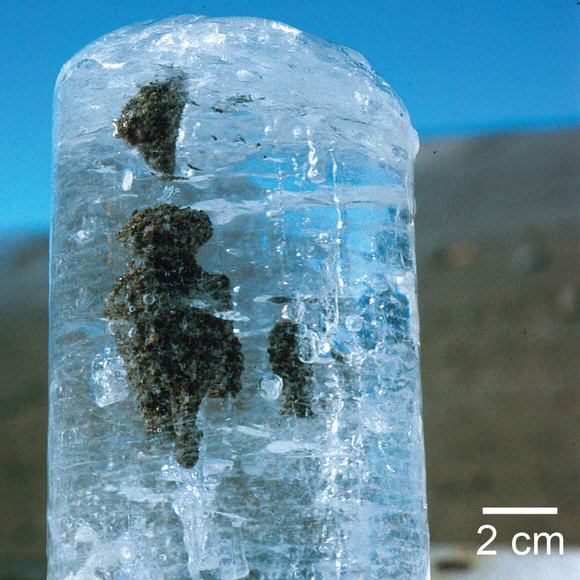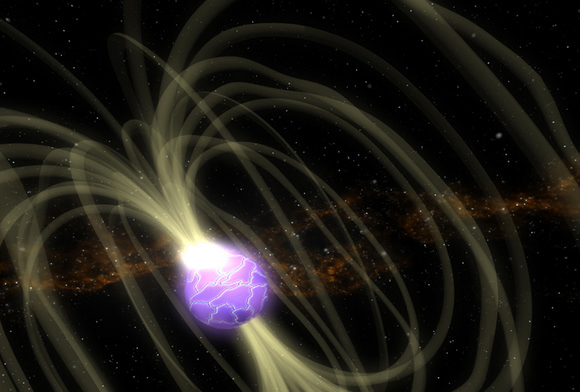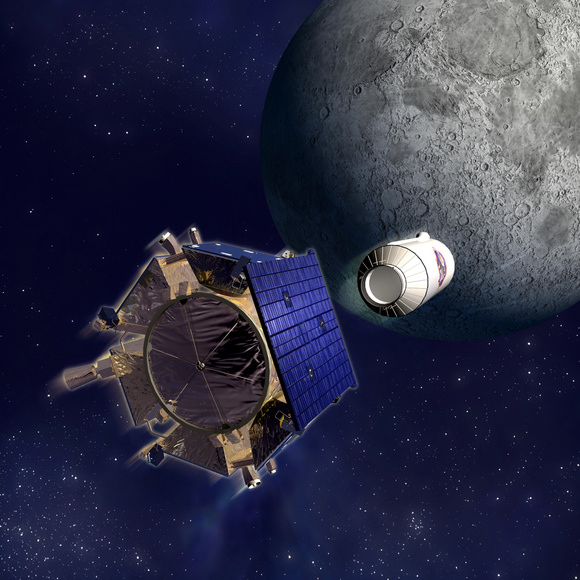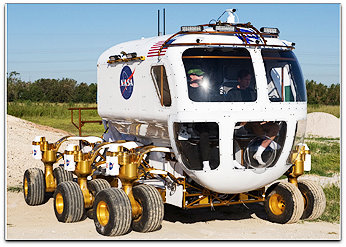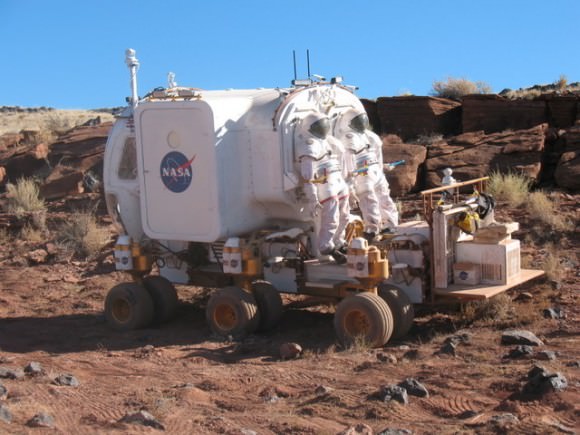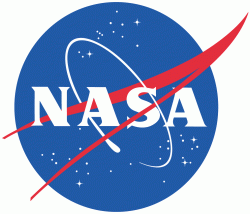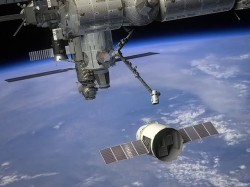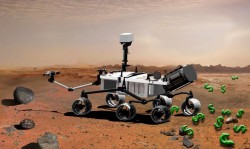[/caption]
Ice core from Mars? Not quite. But this aggregation of soil grains, from Antarctica ice, derived from the same process now proposed for the Red Planet (Credit: Hans Paerl, University of North Carolina at Chapel Hill)
The puzzling Meridiani Planum deposits on Mars — discovered by NASA’s Opportunity rover — could be remnants of a massive ancient ice field, according to a new study online in Nature Geoscience.
Paul Niles of NASA’s Johnson Space Center and Joseph Michalski, of Université Paris-Sud, analysed the chemistry, sedimentology and geology of the Meridiani Planum deposits using data from Opportunity. They suggest that sulphate formation and chemical weathering occurred within an ice deposit as massive as today’s polar ice caps on Mars. Once the ice sublimed away in a warmer climate, the remaining sediments kept their chemical signature, the authors suggest.
The new theory gets around a weakness in the previous belief, that the deposits were formed in a wet, shallow basin — because no evidence of such a basin has been found yet. But it comes with its own baggage: there’s not much evidence of massive ice in the region, either.
The Meridiani represent one of the flattest areas on the Martian surface, with long, rolling smooth plains, linear dunes and ridges. Based on the number of craters, scientists have speculated that it formed early in the Hesperian Era, roughly 3.8 billion years ago.
The intriguing place — right at the crosshairs of zero degrees longitude and zero degrees latitude — was initially spotted by the Mars Thermal Emission Spectrometer aboard NASA’s Mars Global Surveyor (1996-2006). It was then chosen as the landing site for NASA’s rover Opportunity, in 2004.
“Immediately upon touchdown, when we turned on the cameras for the first time and looked out on the plains, it became obvious that it was a different kind of place on Mars than we’d ever been before,” Michalski said.
Since then, the place has been the object of numerous chemistry studies which have generated a handful of competing theories about how its odd sulfate deposits might have formed. The prevailing theory, fronted by scientists on the Mars Exploration Rovers team, has it that the Meridiani Planum was once a shallow evaporation basin which was periodically wet, where wind helped drive away the moisture and left the deposits behind. Other scientists have proposed a catastrophic event like a volcano or major impact, perhaps with volcanic aerosols altering layered rocks at the surface.

But Michalski and Niles say the deposits formed when the area was covered with thick ice. Dust trapped within the ice would have warmed in the presence of sunlight, causing minor melting nearby. And because the ice also contained volcanic aerosols, the water that formed would have been highly acidic, and reacted with the dust, yielding the perplexing products in pockets within the ice that became the deposits when the ice sublimed. The same process happens to a limited extent in the Earth’s polar regions, Michalski said. The Meridiani Planum is near the equator, where large ice fields are lacking today. The authors propose that the ice could have formed in ancient times, when the poles were in a different place or when the Martian axis of rotation was at a different angle.
Michalski said the new theory gets around a lot of the sticking points in the older ones.
“It doesn’t require a basin to be present; it doesn’t require the groundwater,” he said. “We like a lot of aspects of the MER team’s hypothesis. One of the big problems is that you have to have a lot of acidic water in that situation.”
Brian Hynek, an atmospheric and space physicist at the University of Colorado in Boulder, had proposed a volcanic origin for the deposits in the past, but he said there are strengths to the new theory as well. For starters, he said, the ice pocket hypothesis could explain why salts of varying water solubility co-exist so closely in the Meridiani Planum deposits.
“The volume of the Meridiani deposits is similar to the amount of sediment contained within the layered ice-rich deposits at Mars’s south pole,” he added. “And sublimation of a sufficiently large dusty ice deposit would provide a convincing source for all the sediment, which other models have failed to provide.”
But he said there are shortfalls to the new theory too: No model has allowed for the necessarily massive ice deposits at the Martian equator, for example, and it’s curious how the dust and aerosols “could aggregate into consistent sand-sized particles” in the examined bedrock.
Hynek said of all the theories that could explain the strange deposits in the Meridiani Planum, none has emerged yet as a clear winner: “All have their strengths and all have significant weaknesses. I don’t think we’ve solved this mystery yet.”
Michalski is less cautious about the implications of the new work.
“We’re able to propose this process for the Meridiani deposits because there are a lot of data,” he said. “We think that it’s likely that the other sulfate deposits on Mars could have been formed by the same mechanism.”
Sources: Joseph Michalski and Brian Hynek

